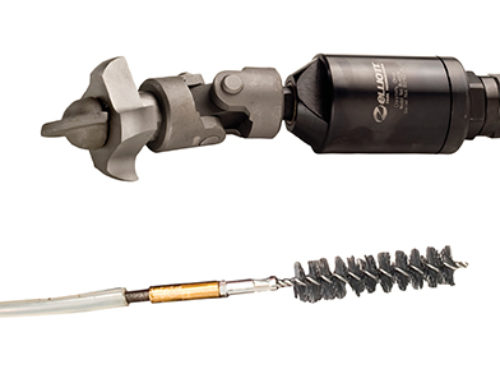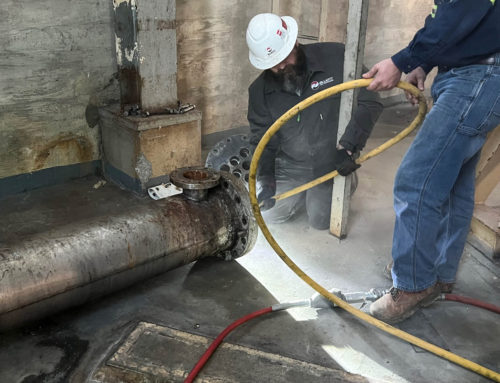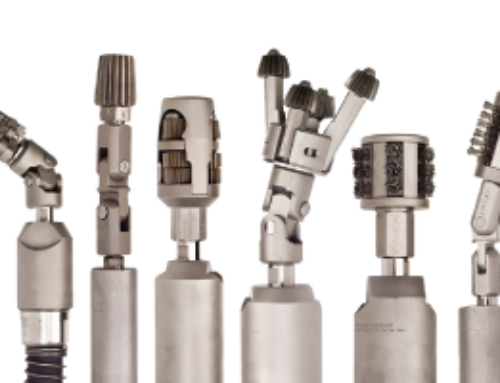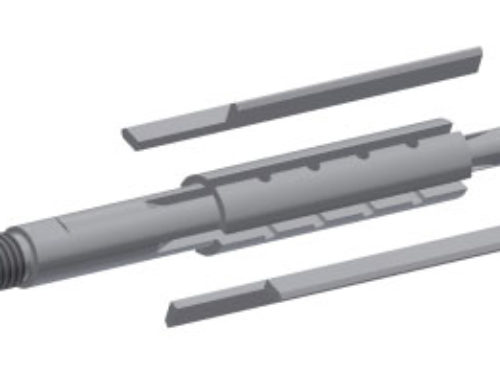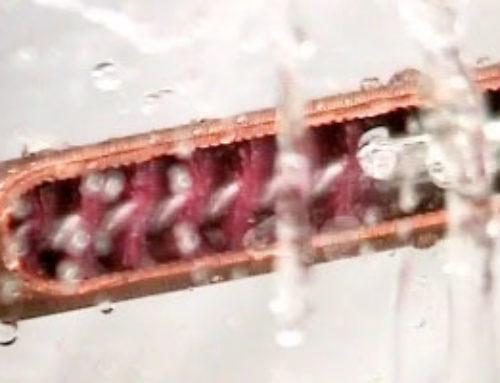How To Size Turbine Cleaners And Heads For Optimal Cleaning
In order to properly maintain your vessel, it’s important to select the right tube cleaning tools. When looking at turbine cleaners and heads, the abundance of options can seem overwhelming. However, there are a few tips that can make selecting the ideal cleaner and head easier.

1. Measure the tube ID Correctly
Calipers, bore micrometers, and tube gauges are all tools that can be used to measure tube ID. Once you have selected a product that works best for you or your application, make sure to place it beyond the expansion joint of the tube. This is because the ID of the expansion joint will be larger than that of the rest of the tube. Depending upon your expansion range, these two measurements can vary widely. As a result, if you end up measuring tube ID at the expansion joint, the turbine cleaner for that specific size may be too large to fit through the entirety of the tube. Therefore, it is very important that the ID is measured beyond the expansion joint.
When it comes to larger tube sizes, this method of tube measurement may not be practical. In that case, tube ID must be calculated by the nominal size and wall thickness of the tube as it was purchased.
2. Determine if the tubes are curved or straight
When selecting a turbine cleaner, it is important to know whether the tube is curved or straight. Although the tube ID may be the same for a straight or curved tube, the motors and cleaners are sized differently depending on whether or not they must negotiate a bend. The type of tube will be visually apparent once opening up the vessel, however, if you are still unsure as to the type of tube, contact your manufacturer.
3. Determine the bend radius for curved tubes
If the tubes are curved, the bend radius is an important factor when determining turbine cleaner motors and heads. This is because each motor and cleaner is designed to negotiate within a set radial range. Using a motor or cleaner in a curved tube with a bend radius smaller than what the tool is designed for, could lead to damage to the tools or the tubes themselves. In order to calculate the bend radius of your tubes, contact your manufacturer.
Overall, when it comes to selecting turbine cleaners and heads, tube ID matters. It is important that tube ID be measured beyond the expansion joint, to ensure that the turbine cleaner is the correct size for the tube. If the cleaner is too large, it will not fit through the tube. On the other hand, if the cleaner is too small, it will not clean the tube efficiently. Additionally, it is important to determine whether your tubes are curved or straight. Although the tube ID may be the same for a straight or curved tube, the motors and cleaners are sized differently depending on whether or not they must negotiate a bend. Lastly, if you tubes are curved, you must contact your manufacturer to determine the bend radius of the tube.
For more information about turbine cleaners or our cleaning products, contact Elliott Tool or your local support!

